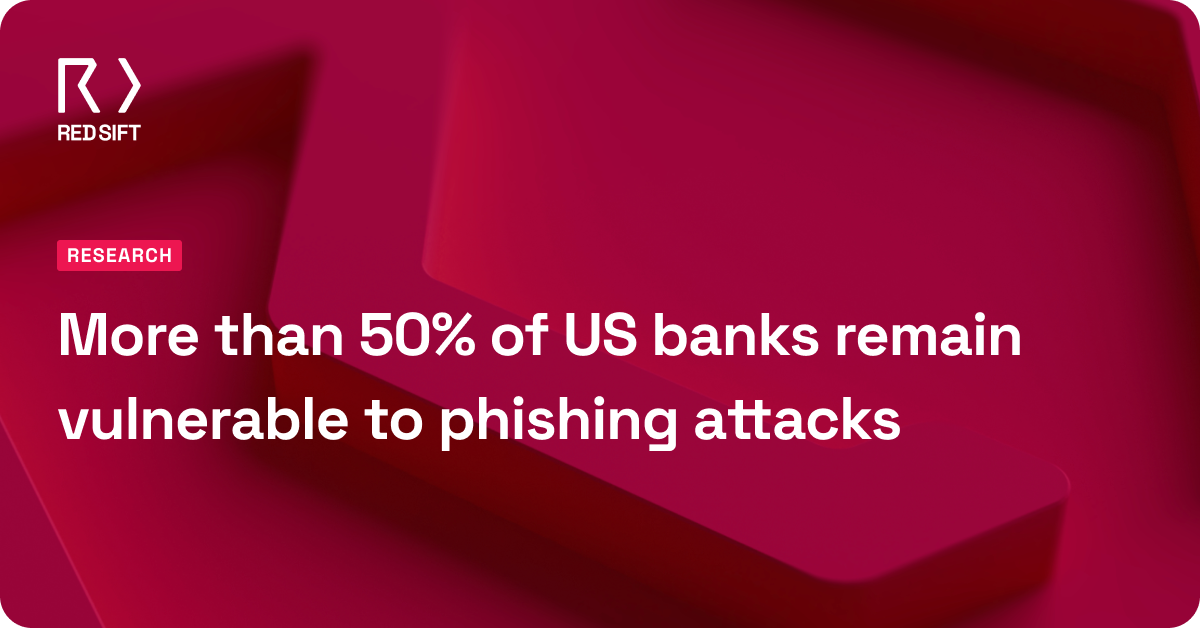Executive summary: Email remains the easiest way for criminals to reach customers, and major mailbox providers have decided that unauthenticated mail is no longer welcome. Google and Yahoo started rejecting bulk messages without DMARC in early 2024, and Microsoft 365 will follow in 2025. Yet only 9.7% of the world’s 73 million active domains even publish a basic DMARC record, and just 5.2% enforce it. Managed Service Providers can close this gap quickly, adding a profitable, subscription-ready service while reducing real risk for every client.
The new Red Sift MSP’s Guide to DMARC gives providers a repeatable, five-step playbook for taking customers from zero to full protection.
3 takeaways:
- Email still launches nine in ten successful cyberattacks, so anything that blocks impersonation pays off fast. MSPs have a crucial opportunity to keep their customers protected.
- The addressable market is huge because fewer than one in twenty domains enforce DMARC.
- A clear method of discovery, alignment, automation, monitoring, and enforcement turns what looks like arcane DNS work into a scalable managed service.
Email risk and the compliance clock
Phishing kits, inexpensive infrastructure and generative AI allow attackers to copy a brand, register a look-alike domain and start harvesting credentials in minutes. Google, Microsoft and Yahoo’s new rules mean that senders who ignore authentication now see their marketing campaigns filtered or rejected outright.
Clients feel that pain in missed revenue and support tickets; MSPs feel it when calls come in after a mailing fails. Offering a fast route to DMARC not only restores deliverability but prevents exact-domain spoofing that fuels ransomware and business email compromise.
A commercial opening hiding in plain sight
Complexity, not apathy, explains why so many domains lack DMARC. Forty percent of IT leaders surveyed in 2024 said the protocol felt “too complex” and more than half said they would hand the work to an external specialist. Combine that hesitation with the looming Microsoft deadline and the opportunity is clear: providers who master DMARC can differentiate, raise contract value and lock in sticky monthly revenue.
The five-stage customer journey
- Discovery: Publish a DMARC record in monitor-only (p=none) mode so every service sending mail on the client’s behalf appears in XML reports and no legitimate traffic is blocked.
- Alignment: Configure each authorized sender to pass both SPF and DKIM, ensuring all genuine messages clear the two underlying checks before policy tightens.
- Automation: Use a multi-tenant platform that hosts DKIM keys, keeps SPF includes tidy and alerts you the moment configuration drift or a new sending source appears.
- Monitoring: Translate daily DMARC reports into trends, spotting fresh senders, sudden failures or volume spikes early enough to fix issues before customers notice.
- Enforcement: Step policy from quarantine to reject, blocking spoofed mail outright and unlocking extras such as BIMI logos; built-in exit criteria tell engineers exactly when it’s safe to advance.
Turning DMARC into a managed service
Once a client reaches enforcement the real work begins. Reports must be parsed, new SaaS senders added, and occasional failures explained. A modern DMARC console does the parsing and alerting, so one engineer can oversee dozens of domains without touching raw XML.
Monthly executive summaries—“19,000 legitimate emails authenticated, 64 spoofed messages blocked”—prove value in language customers understand. Bundled with inbound filtering and user-awareness training, DMARC monitoring becomes the essential element of email security required year after year.
Why start with the Red Sift guide
The MSP’s Guide to DMARC is written for providers who juggle many customers and cannot afford trial-and-error. It includes global adoption data to help you sell the story, template emails for stakeholder buy-in, multi-tenant tooling checklists and real-world pricing models drawn from successful partners. Pair the guide with Red Sift OnDMARC and you get single-pane client management, dynamic SPF and DKIM editing and AI-powered troubleshooting that collapses investigation time to minutes.
Explore the guide, pilot the five-stage method with one customer, then roll it out across your base before the rules tighten further in 2025. Your clients gain safer, more deliverable email; you gain a defensible, growing revenue stream built on proven demand.






